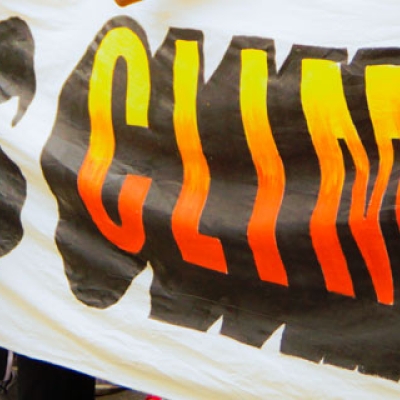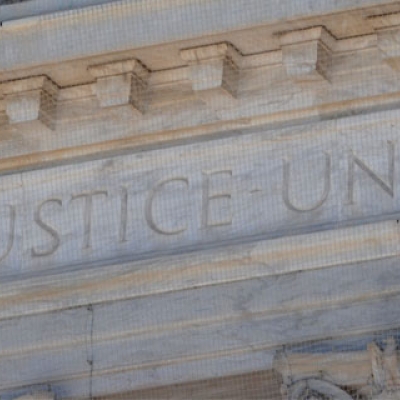
Terry Tamminen
From his youth in Australia to career experiences in Europe, Africa and the United States, Tamminen has expertise in business, farming, education, non-profit, the environment, the arts, and government. Tamminen is a U.S. Coast Guard-licensed ship captain, has run a real estate company, a recreational services business, a tropical fish breeding business, a sheep ranch, and assisted Nigeria with the creation of their first solid waste recycling program.
An accomplished author, Tamminen’s latest book, Lives Per Gallon: The True Cost of Our Oil Addiction, is a timely examination of our dependence on oil and a strategy to evolve to more sustainable energy sources.
Tamminen helped to found and lead the Santa Monica Baykeeper, the Environment Now Foundation, and the Frank G. Wells Environmental Law Clinic at the University of California Los Angeles. In 2007, he was named the Cullman Senior Fellow and Director of the Climate Policy Program of the New America Foundation, and an Operating Advisor to Pegasus Capital Advisors.
Tamminen was appointed as the Secretary of the California Environmental Protection Agency and the Chief Policy Advisor to the Governor. He continues to advise the Governor on energy and environmental policy. He currently travels throughout the world, lecturing and providing private consulting services to clients, including several Governors and Canadian Premiers on climate and energy policy.


